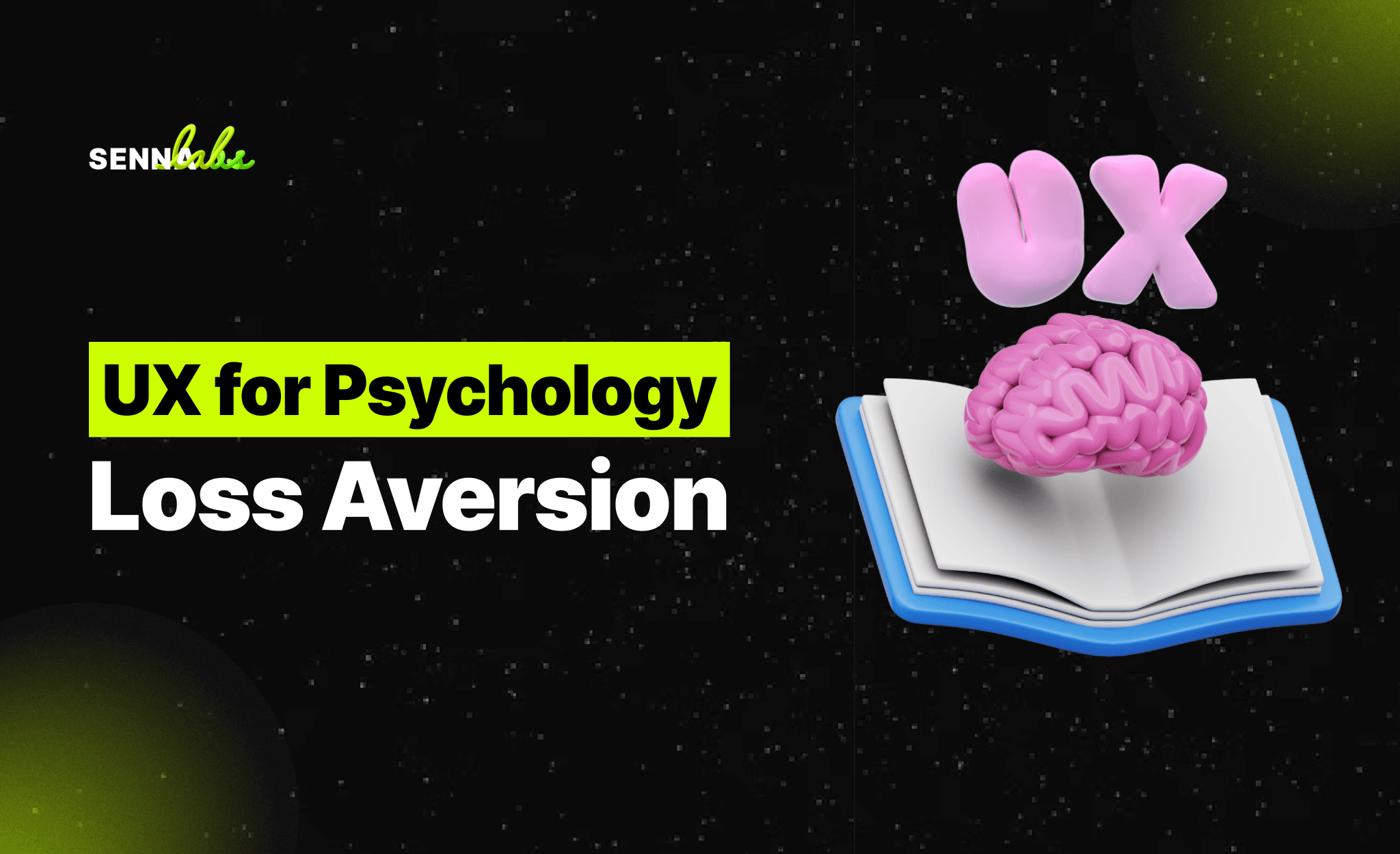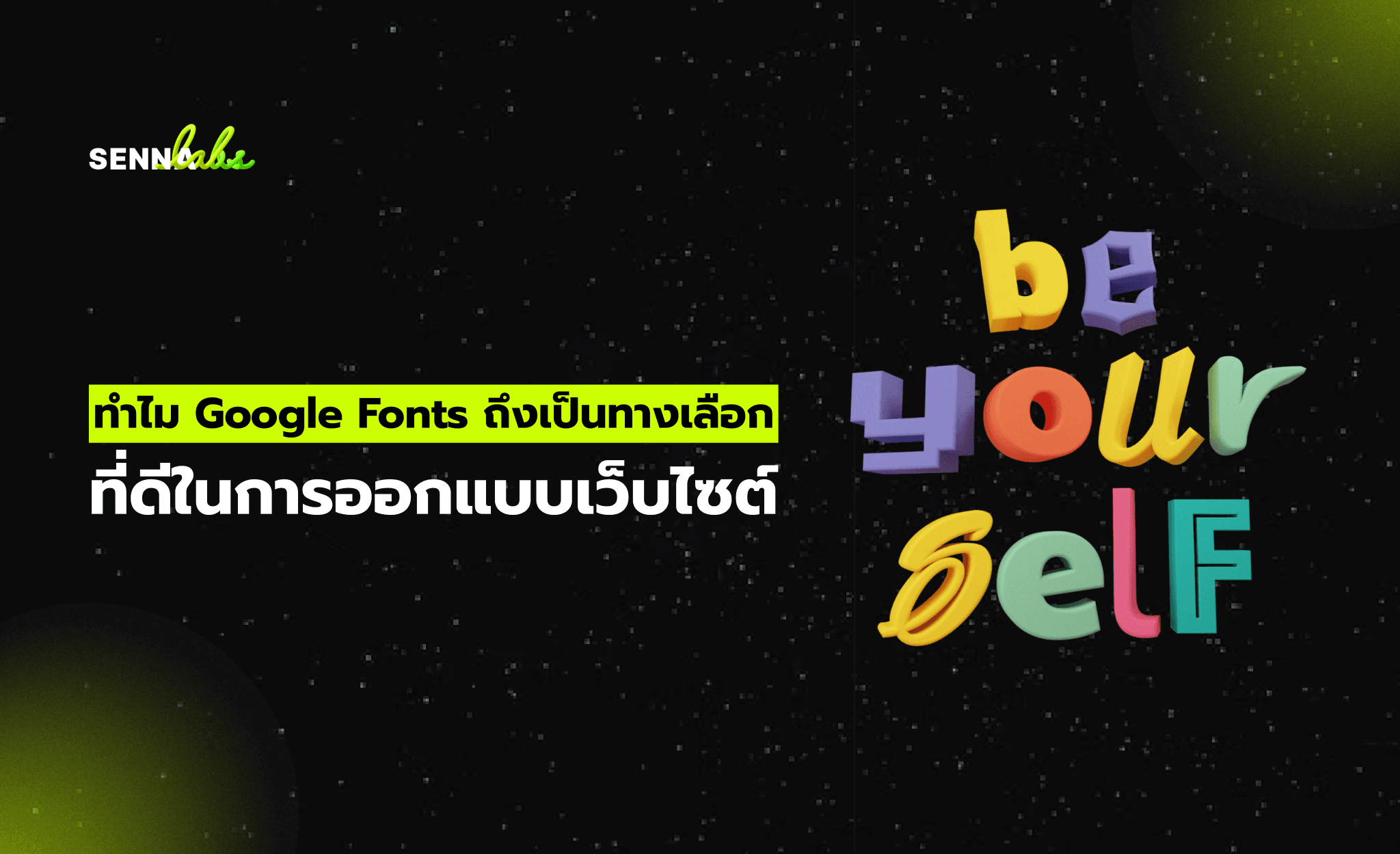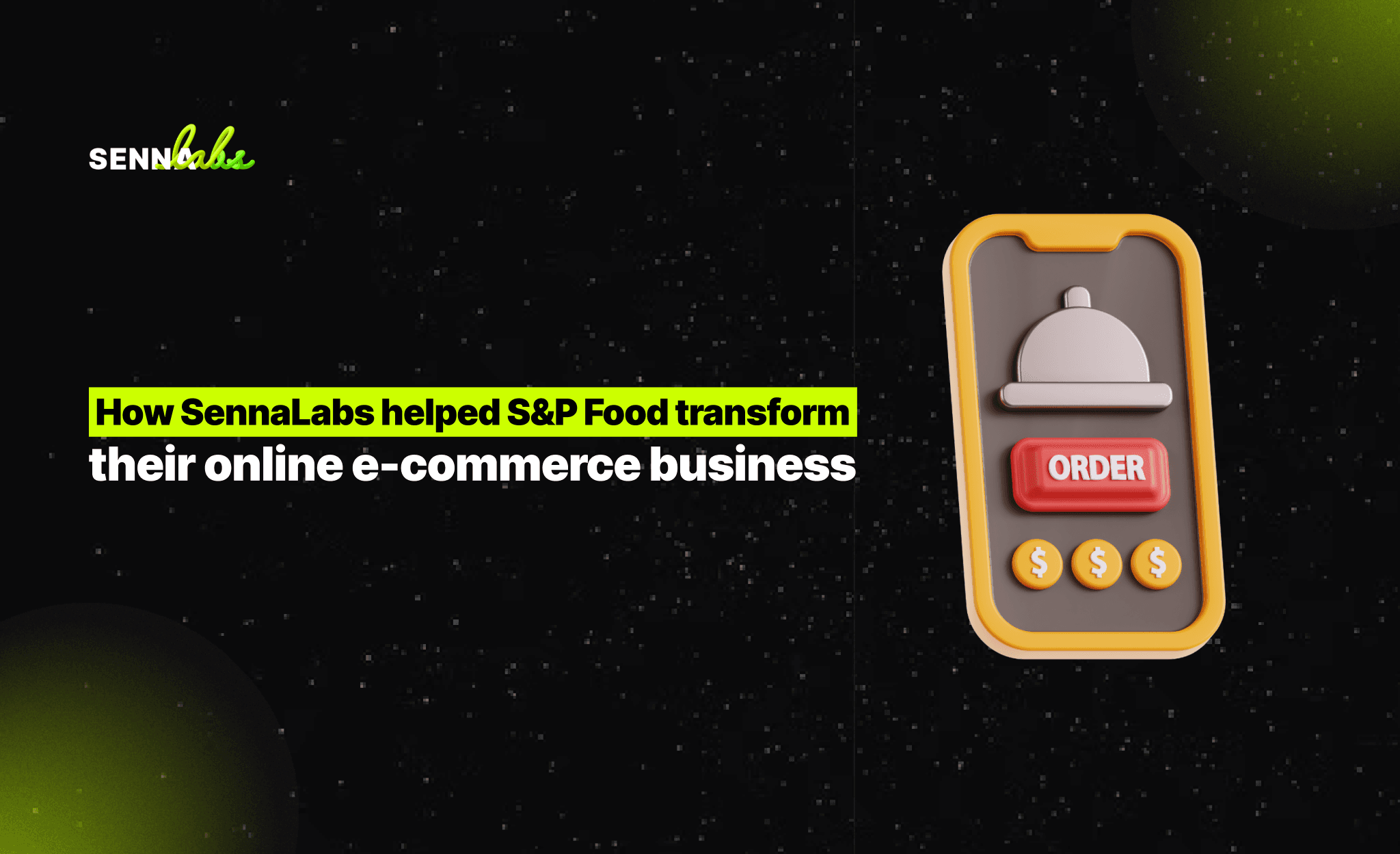How to Design a Shopping Cart That Encourages Fast Checkout
Share

For e-commerce businesses, getting a customer to add an item to the cart is only half the battle. The real challenge is guiding them smoothly to checkout and sealing the deal. A poorly designed cart experience can create hesitation, introduce friction, and ultimately lead to cart abandonment—a costly loss in any industry.
The good news? Small UX changes to your cart interface can make a big difference.
In this article, we’ll explore how to design a shopping cart that encourages faster checkouts, reduces abandonment, and increases conversions—alongside a real-world case study that proves it.
Real Use Case: Streamlining the Cart for Tech Buyers
A tech accessories store noticed a troubling trend: while their “Add to Cart” rates were strong, many users were leaving the site without completing purchases. After analyzing behavior patterns and using heatmaps, they discovered that:
-
Users often forgot what they’d added
-
The cart was hidden until checkout
-
The checkout button was not easily accessible
To address these issues, they introduced a slide-in mini cart feature that appeared on every page when an item was added. It included:
-
A small cart icon in the top-right corner with a real-time item count
-
A side panel that showed a brief summary (item name, quantity, price)
-
A prominent “Checkout Now” button, visible at all times
The Result:
-
Cart abandonment dropped by 15%
-
Conversions increased across all product categories
-
Average checkout time decreased as users moved more confidently through the process
Why Cart Design Matters for Checkout Speed
The cart is a decision point. Shoppers use it to:
-
Review their selections
-
Make final choices
-
Get a sense of total cost and logistics
If the cart feels hidden, cluttered, or confusing, buyers pause or leave. A fast, transparent cart keeps them moving and reinforces confidence.
Key Features of a High-Converting Shopping Cart
1. Persistent Mini Cart
A mini cart that follows the user across the site provides continuity and visibility. Users can:
-
Quickly check what’s in their cart
-
Make adjustments without leaving their current page
-
Proceed to checkout instantly
This removes friction from browsing and buying.
2. Clear Checkout Button
The “Checkout” button should:
-
Be consistently placed (top right or slide-in panel)
-
Use strong, actionable text (“Checkout Now,” “Proceed to Payment”)
-
Stand out visually with contrast and size
Avoid burying the button behind menus or requiring extra clicks to find it.
3. Item Summary with Quick Edit Options
Display:
-
Product name and thumbnail
-
Quantity selector
-
Price per item and total
-
Remove/edit buttons
Let users update quantities or remove items directly in the cart—no need to visit separate pages.
4. Real-Time Updates
Show live changes as users modify the cart. This gives immediate feedback and reduces cognitive load. For example:
-
“You saved 20%!” when a discount applies
-
“Free shipping unlocked!” when a threshold is met
These subtle cues increase satisfaction and urgency.
5. Display Key Policies Upfront
Shoppers want to know:
-
Can I return this?
-
When will it ship?
-
Is there a warranty?
Reinforce trust by adding small icons or tooltips with return, shipping, and support information inside the cart.
6. Mobile Optimization
On mobile, the cart must:
-
Be thumb-friendly
-
Collapse and expand smoothly
-
Keep the checkout button sticky and tappable
Design for single-hand use and limited screen real estate.
Advanced Features to Consider
-
Auto-saving cart: Preserve items for logged-in and guest users
-
Reminder prompts: Offer pop-ups or emails for abandoned carts
-
Progress indicators: Show users where they are in the checkout journey
Measuring Cart UX Performance
To evaluate your cart’s effectiveness, track:
-
Cart abandonment rate
-
Cart-to-checkout conversion rate
-
Time spent in cart
-
Bounce rate from cart page
-
User flow drop-offs (via GA4 or Hotjar)
These insights can help refine your design and messaging.
Final Thoughts
A seamless cart experience doesn’t just reduce abandonment—it creates a sense of flow and control for the customer. By keeping the cart accessible, intuitive, and user-friendly, you eliminate barriers between intent and purchase.
The tech accessories store’s results show how even simple UI updates—like adding a mini cart and clear CTA—can drive serious revenue impact.
So if your cart is hiding in the corner or buried in complexity, it might be time to reimagine it—not just as a checkout tool, but as a conversion catalyst.

Share

Keep me postedto follow product news, latest in technology, solutions, and updates
Related articles
Explore all



